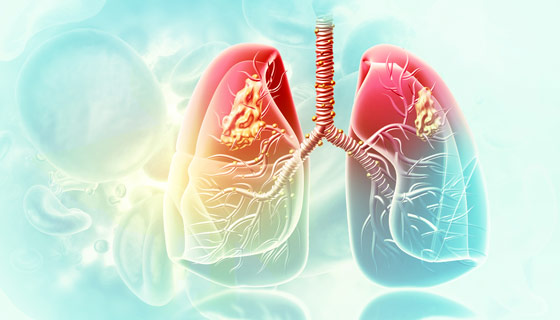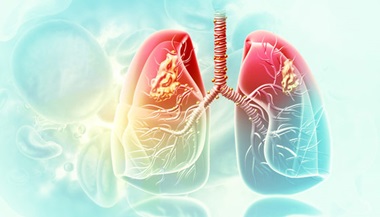Pneumothorax
What is pneumothorax?
Pneumothorax is air around or outside the lung. It may result from chest trauma, excess pressure on the lungs or a lung disease, such as chronic obstructive pulmonary disease (COPD), asthma, cystic fibrosis, tuberculosis or whooping cough. In some cases, the cause is unclear.
Symptoms
- Sudden sharp chest pain made worse by a deep breath or a cough
- Shortness of breath
- Chest tightness
- Easy fatigue
- Rapid heart rate
- Bluish color of the skin caused by lack of oxygen
Diagnosis
There are decreased or no breath sounds on the affected side when heard through a stethoscope. Tests include:
- Chest X-ray to tell whether there is air outside the lung
- Arterial blood gases
Treatment
Small pneumothoraces may go away on their own. For larger pneumothoraces, the air must be removed from around the lung. A chest tube placed between the ribs into the space around the lungs helps drain the air and allows the lung to re-expand. Some people need extra oxygen to help air around the lung be reabsorbed more quickly. Surgery may be needed to prevent future episodes.
Prognosis
Up to 50 percent of patients who have a pneumothorax will have another, but there are no long-term complications after successful treatment.




